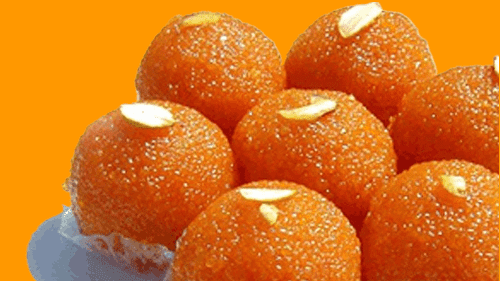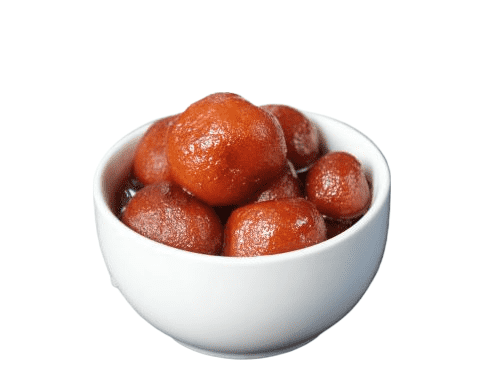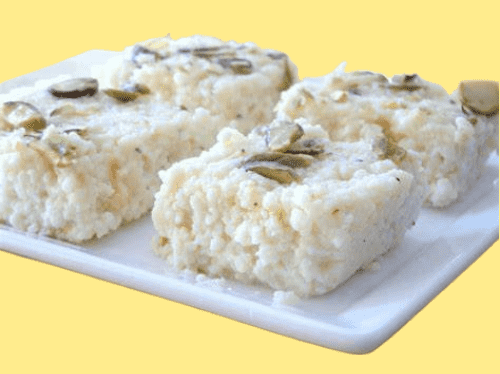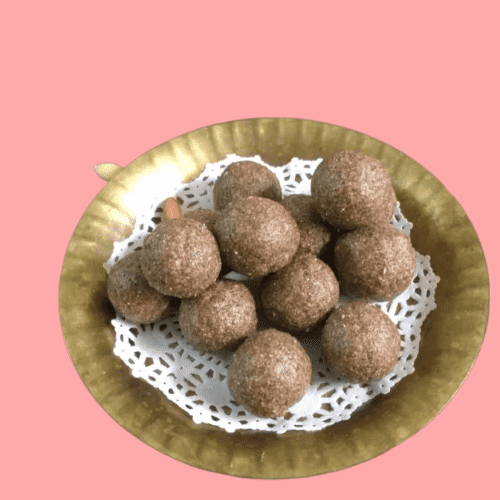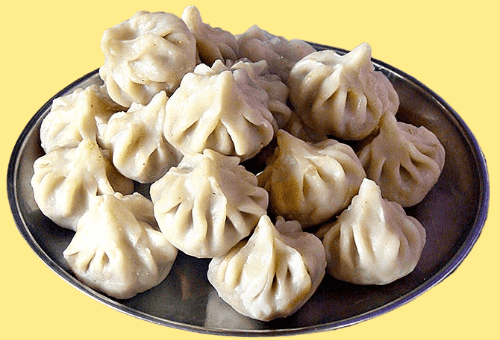Milk Cake
Introduction :
Milk Cake, also known as Kalakand, is a traditional Indian dessert that has captured the hearts of many with its rich, creamy texture and delightful sweetness. Originating from the Indian subcontinent, this delectable treat is made primarily from milk and sugar, making it a favorite during festivals, celebrations, and special occasions. In this article, we will delve deep into the history, cultural significance, ingredients, step-by-step preparation, variations, and tips for perfecting this beloved dessert. By the end, you’ll be equipped with all the knowledge you need to create this classic sweet at home and impress your friends and family.
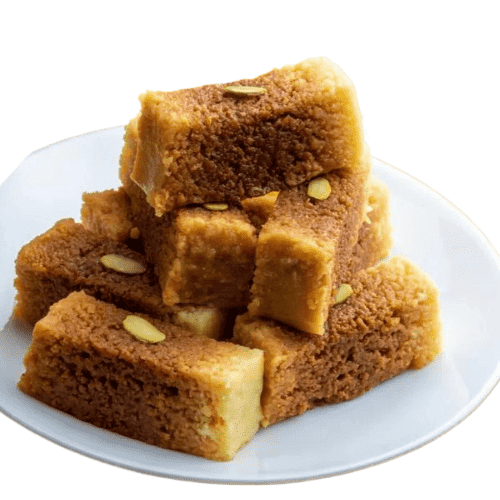
History and Cultural Significance :
Milk Cake has a long and storied history in India, with its roots tracing back to the Mughal era. The Mughals, known for their luxurious and opulent culinary traditions, brought with them a love for rich and creamy desserts. Milk Cake is believed to have evolved from these culinary influences, combining the richness of milk with the simplicity of traditional Indian sweets.
In Indian culture, sweets hold a special place and are often associated with celebrations and auspicious occasions. Milk Cake, in particular, is a popular choice during festivals like Diwali, Holi, and Raksha Bandhan. It is also commonly prepared for weddings, birthdays, and other joyous events. The act of sharing sweets symbolizes goodwill, happiness, and prosperity, making Milk Cake not just a dessert but a significant part of Indian cultural traditions.
Ingredients
The beauty of Milk Cake lies in its simplicity. The primary ingredients are:
- Milk: Whole milk is favored for its abundance and creaminess. It is the star ingredient that forms the base of the dessert.
- Sugar: Granulated sugar is used to sweeten the milk and create the desired texture.
- Lemon Juice or Vinegar: These are used to curdle the milk, an essential step in the process.
- Ghee: Clarified butter adds a rich flavor and helps in achieving the right consistency.
- Cardamom Powder: This spice adds a subtle aroma and enhances the flavor of the dessert.
- Saffron (optional): Saffron strands can be added for a touch of luxury and a beautiful golden hue.
- Nuts (optional): Chopped nuts like almonds and pistachios can be used for garnishing, adding a delightful crunch and visual appeal.
Step-by-Step Preparation
Making Milk Cake is a labor of love that requires patience and attention to detail. Here’s a comprehensive guide to help you create this delectable dessert at home:
Boiling the Milk :
Start by pouring whole milk into a large, heavy-bottomed pan.
Bring the milk to a boil over medium heat, stirring frequently to prevent it from sticking to the bottom of the pan.
Once the milk reaches a rolling boil, reduce the heat to low and continue to simmer.
Curdling the Milk :
Add lemon juice or vinegar gradually to the boiling milk.
Blend delicately until the drain sours and isolates into curds and whey.
Remove from heat and let it sit for a few minutes to ensure complete separation.
Draining the Whey:
Strain the curdled milk using a muslin cloth or fine sieve.
Rinse the curds under cold water to remove any residual lemon or vinegar taste.
Squeeze out excess water and set the curds aside.
Cooking the Curds:
Return the strained curds to the pan and place it over low heat.
Add sugar to the curds and stir continuously.
As the sugar dissolves, the mixture will start to thicken and take on a grainy texture.
Adding Ghee and Flavorings:
Once the mixture reaches a thick consistency, add ghee and continue to cook.
Mix in cardamom powder and saffron strands (in the event that utilizing).
Cook until the mixture leaves the sides of the pan and forms a dense mass.
Setting the Milk Cake:
Oil a square or rectangular plate with ghee.
Pour the hot mixture into the tray and spread it evenly.
Press down with a spatula to smooth the surface.
Allow it to cool to room temperature and then refrigerate for a few hours to set completely.
Cutting and Serving:
Once set, cut the Milk Cake into desired shapes, typically squares or rectangles.
Decorate with chopped nuts for an included touch of tastefulness.
Variations of Milk Cake :
While the classic Milk Cake is delicious on its own, there are several variations that you can try to add a twist to this traditional sweet :
- Chocolate Milk Cake: Add cocoa powder or melted chocolate to the curd mixture for a rich, chocolaty flavor.
- Fruit-flavored Milk Cake: Incorporate fruit purees like mango, strawberry, or pineapple to the mixture for a fruity twist.
- Nutty Milk Cake: Mix in a variety of chopped nuts like cashews, walnuts, and pistachios for added texture and flavor.
- Rose Milk Cake: Add rose water and a few drops of rose essence for a fragrant and floral version of the dessert.
Tips for Perfect Milk Cake :
- Use Fresh Milk: Ensure that the milk you use is fresh and of high quality to achieve the best results.
- Patience is Key: Making Milk Cake is a slow process that requires constant stirring and attention. Do not rush through the steps.
- Consistency: The key to a perfect Milk Cake is the consistency of the mixture. It should be thick, grainy, and hold its shape when set.
- Flavoring: Be mindful of the amount of cardamom and saffron you use. A little goes a long way in enhancing the flavor without overpowering the dessert.
- Setting: Allow the mixture to cool and set properly before cutting to ensure clean and neat pieces.
Serving Suggestions
Milk Cake is a versatile dessert that can be served in various ways:
- As Is: Enjoy Milk Cake on its own as a delightful sweet treat.
- With Rabri: Serve with a drizzle of rabri (thickened milk) for an extra indulgent experience.
- Embellished: Beat with chopped nuts, saffron strands, or eatable silver thwart for a happy touch.
- With Fruits: Pair with fresh fruits like berries or mango slices to balance the sweetness.
Conclusion :
Milk Cake, with its rich history and cultural significance, continues to be a cherished dessert in Indian households. Its creamy texture, delightful sweetness, and aromatic flavor make it a favorite during celebrations and special occasions. By following this comprehensive guide, you can create this traditional sweet at home and savor its deliciousness with your loved ones.
Whether you stick to the classic recipe or experiment with variations, the joy of making and sharing Milk Cake is truly unparalleled. So, gather your ingredients, put on your apron, and embark on a sweet culinary journey that will leave you and your guests craving for more. Happy cooking!

